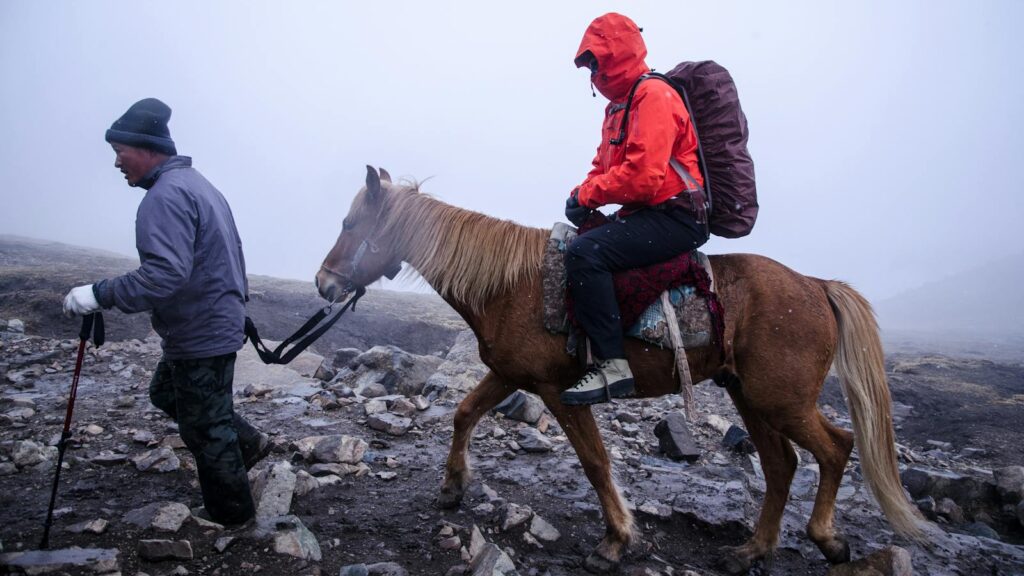Endurance riding stands as one of equestrian sports’ most demanding disciplines, testing both horse and rider through challenging terrain and extended distances. When tackling rides exceeding 50 miles, selecting the right equine partner becomes not just a matter of preference, but necessity. These ultra-distance events demand horses with exceptional cardiovascular fitness, efficient metabolism, sound conformation, and mental fortitude. While many breeds can complete moderate endurance challenges, a select few consistently excel at the highest levels of the sport. This comprehensive guide explores the premier horse breeds that have proven themselves capable of conquering the most grueling endurance challenges, examining their unique attributes, historical development, and why they continue to dominate leaderboards in prestigious events worldwide.
Arabian Horses: The Undisputed Endurance Champions
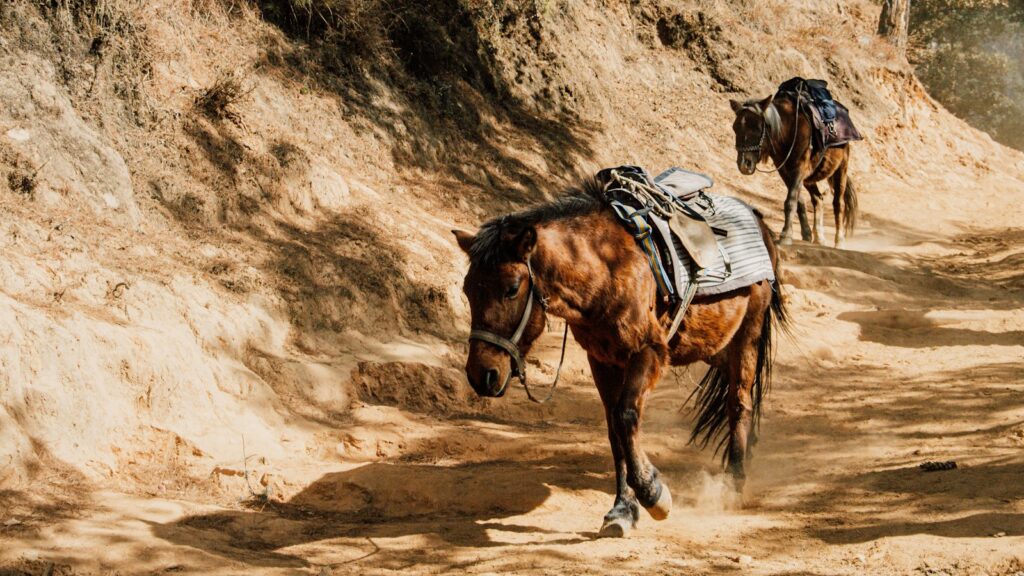
No discussion of endurance breeds can begin without acknowledging the Arabian horse’s unrivaled dominance in the sport. Developed over centuries in the harsh desert environments of the Middle East, Arabians evolved naturally to travel vast distances with minimal water and feed. Their physiological adaptations include high red blood cell counts, efficient cooling systems, and dense bone structure that withstands concussive forces exceptionally well. Modern studies have confirmed that Arabians possess larger lung capacity relative to their body size than other breeds, enabling superior oxygen utilization during extended exercise. Their success at prestigious events like the Tevis Cup and World Equestrian Games endurance championships consistently reinforces their reputation as the gold standard for ultra-distance riding.
Arabian Crosses: Combining Stamina with Size and Versatility
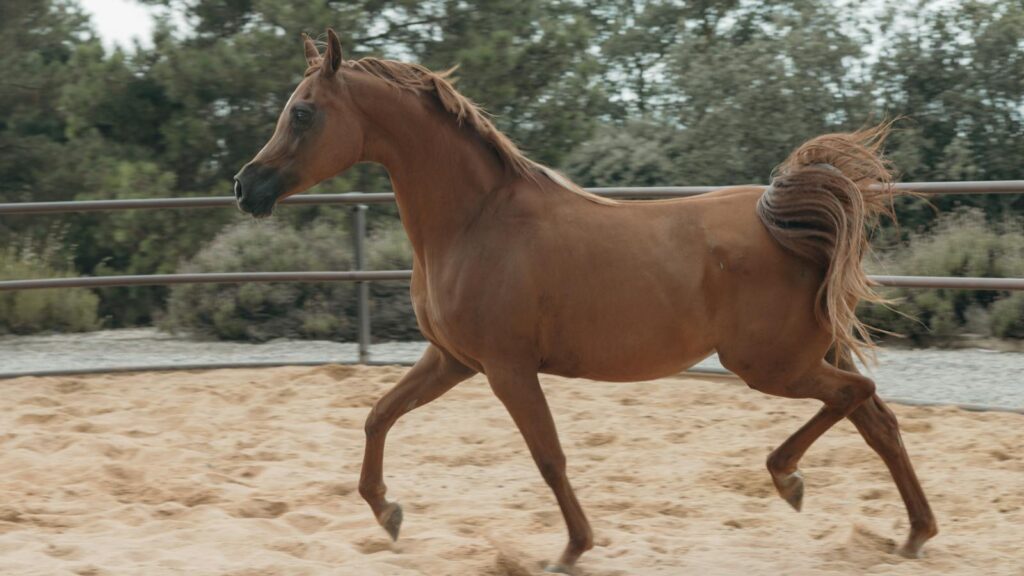
While purebred Arabians dominate endurance competitions globally, strategic crossbreeding has produced exceptional performers that harness Arabian stamina while addressing potential limitations. The Anglo-Arabian (Thoroughbred × Arabian) combines the Arabian’s desert-bred endurance with the Thoroughbred’s speed and longer stride length, creating horses that excel particularly on faster courses with less technical terrain. Morab crosses (Morgan × Arabian) inherit the Morgan’s sturdy conformation and level-headed demeanor while retaining crucial endurance factors. Other successful combinations include Arabian-Quarter Horse crosses that feature more substantial bone structure while maintaining efficient movement patterns. These crossbreeds often appeal to riders seeking horses that can handle heavier weights while still possessing the metabolic efficiency essential for distances beyond 50 miles.
Akhal-Teke: Ancient Endurance Specialists
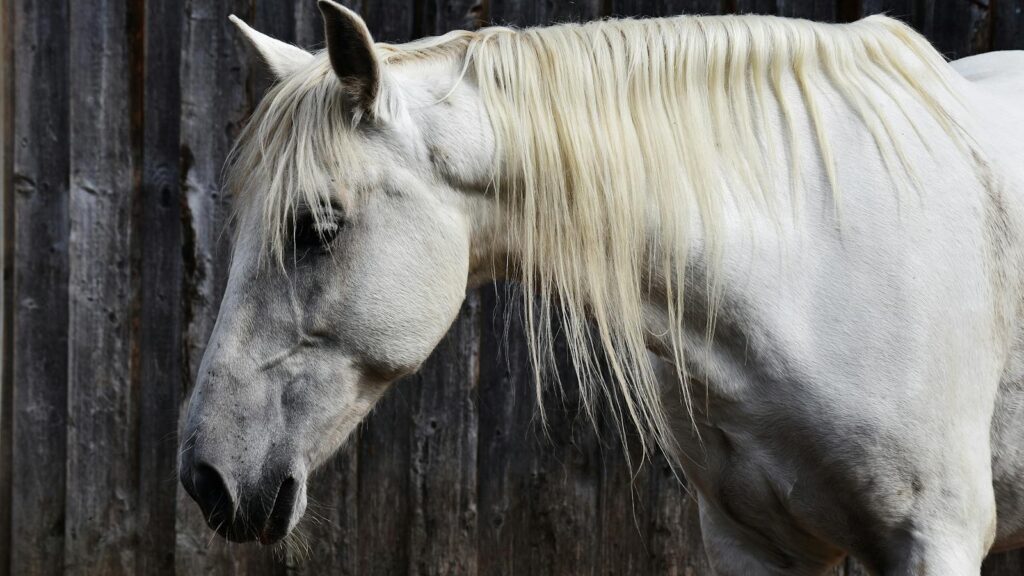
Often considered the world’s oldest surviving cultured horse breed, the Akhal-Teke developed in the harsh deserts of Turkmenistan where survival demanded extraordinary stamina. Their distinctive metallic coat reflects their desert adaptation, helping regulate body temperature during extreme conditions. The breed’s naturally lean physique features minimal fat deposits, allowing for efficient heat dissipation during extended exercise. Historically, Akhal-Tekes demonstrated their exceptional endurance during a legendary 1935 trek where riders covered 2,500 miles from Ashgabat to Moscow in just 84 days, including a three-day crossing of the Karakum Desert without water. While less common in Western endurance competitions due to relatively small population numbers outside Central Asia, purebred and part-bred Akhal-Tekes consistently demonstrate elite endurance capabilities when properly conditioned.
Mustangs: Natural Selection’s Endurance Athletes
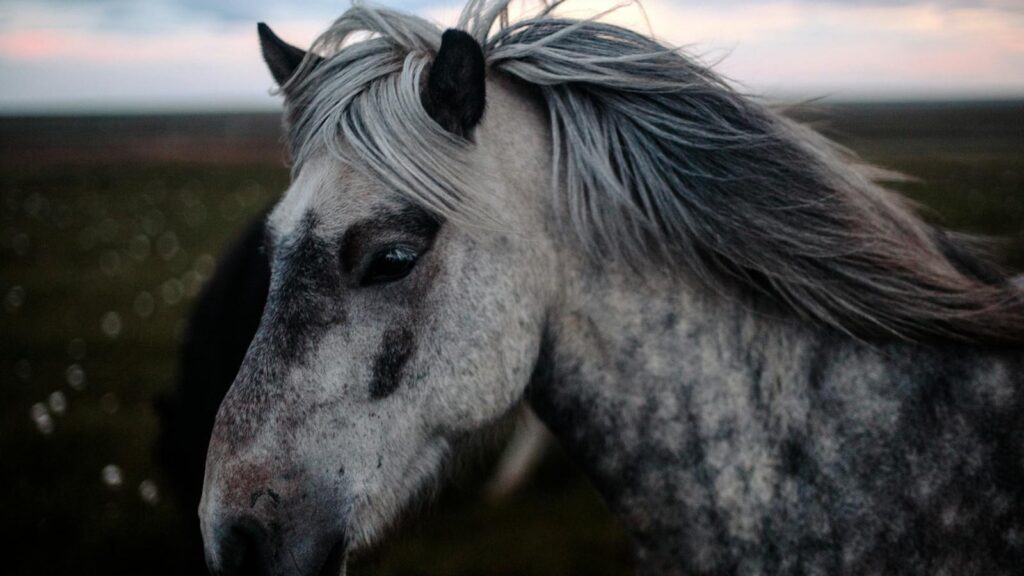
America’s wild horses have developed remarkable endurance through generations of natural selection, where only the hardiest individuals survive to reproduce. Modern Mustangs maintain genetic traits that enable them to travel extensive distances daily in search of water, forage, and suitable habitat across challenging terrain. Their naturally strong hooves often require minimal shoeing intervention, making them practical choices for rocky endurance courses. Organizations like the Mustang Heritage Foundation have documented numerous success stories of adopted Mustangs excelling in competitive endurance after proper training and conditioning. The breed’s metabolic efficiency comes from centuries of adaptation to limited resources, creating horses that utilize feed efficiently during extended rides where energy management proves crucial.
Criollo: South America’s Distance Champions
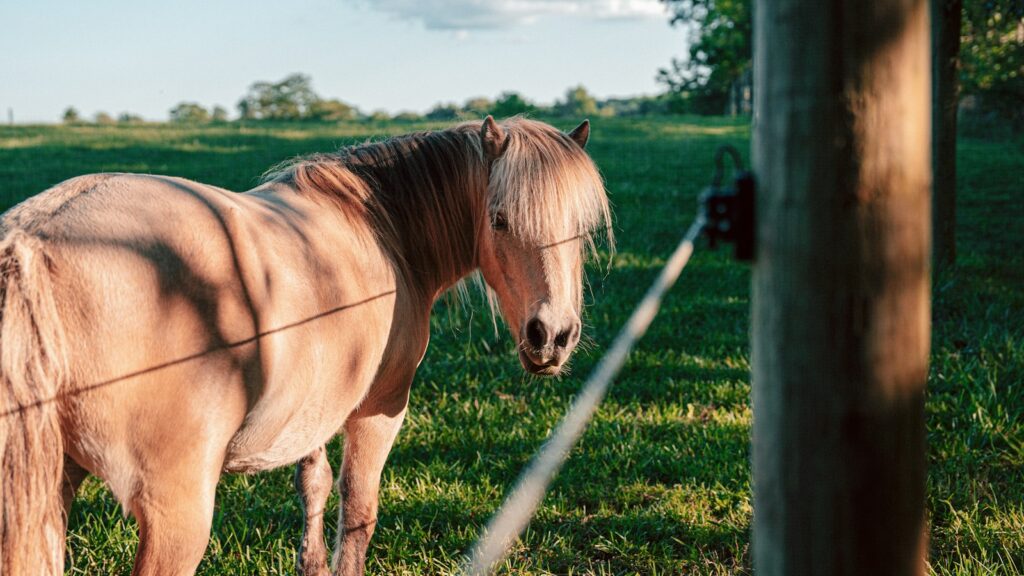
The Criollo horse, developed primarily in Argentina, Brazil, and Uruguay, represents one of South America’s most distinguished contributions to endurance riding. Their legendary toughness was formally tested in 1925-1928 during the 8,700-mile ride by Swiss-Argentine professor Aimé Félix Tschiffely, who rode two Criollos from Buenos Aires to Washington D.C. across some of the hemisphere’s most challenging terrain. Modern Criollos maintain their ancestors’ remarkable hardiness, featuring exceptional hoof quality and metabolic efficiency ideal for ultra-distance events. Their medium-sized, compact build (typically 14-15 hands) creates horses with impressive strength-to-weight ratios that minimize concussive forces during extended rides. The breed’s calm, level-headed temperament contributes significantly to their endurance success, as they maintain steady energy output and consistent eating and drinking behaviors throughout multi-day events.
Marwari: India’s Desert-Adapted Endurance Horse
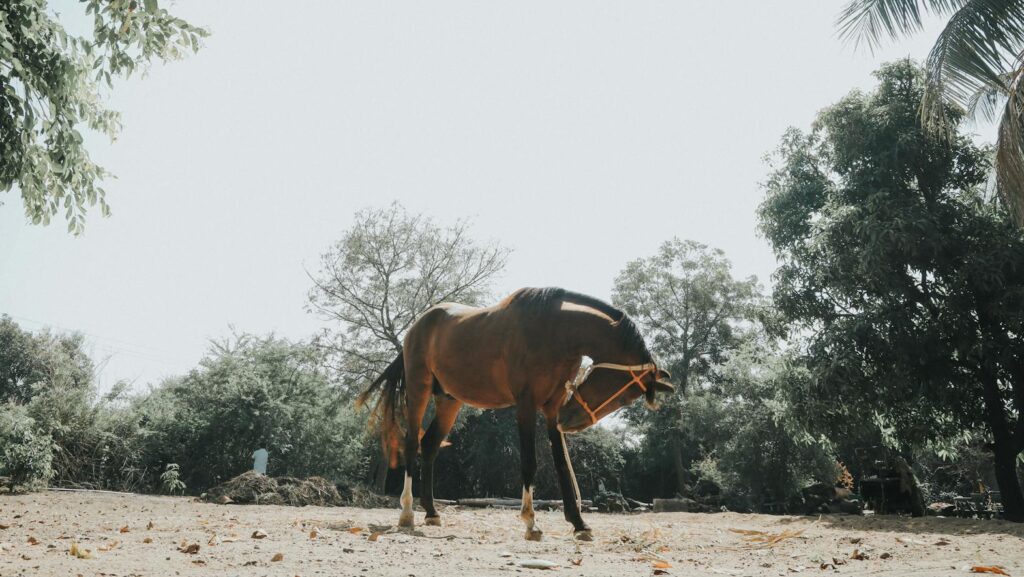
The distinctive Marwari horse from Rajasthan, India, developed in desert conditions similar to the Arabian, creating another breed naturally equipped for extreme distances. Immediately recognizable by their unique inward-curving ears, Marwaris possess exceptional heat tolerance crucial for long-distance riding in warm climates. Their ancestry includes significant hardship, as the breed served as war horses for centuries where stamina determined survival on extended campaigns. Modern Marwari horses display naturally efficient movement with minimal wasted energy, an essential quality when covering distances beyond 50 miles. While international quarantine restrictions have limited their presence in Western endurance competitions, enthusiasts in India report exceptional performance in domestic endurance events, suggesting untapped potential on the global stage.
Morgan Horses: American Versatility with Surprising Endurance
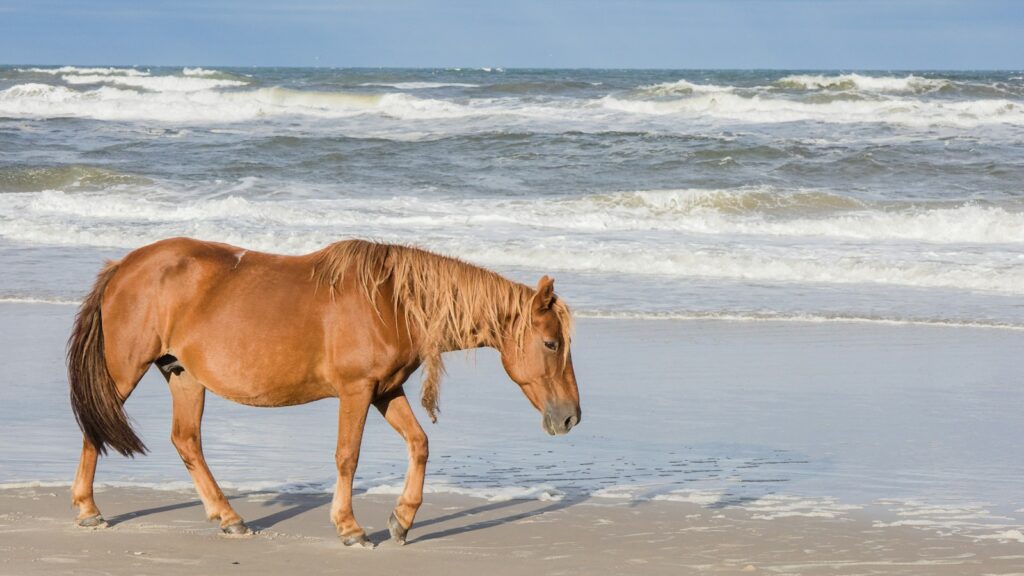
Though often associated with driving and saddle seat disciplines, properly conditioned Morgan horses have demonstrated remarkable endurance capabilities exceeding 50 miles. The breed’s foundation sire, Figure (later named Justin Morgan), was renowned for combining work capacity with exceptional stamina during America’s colonial period. Modern Morgans maintain efficient movement patterns with naturally balanced gaits that minimize rider fatigue during extended hours in the saddle. Their typically sensible temperament contributes significantly to endurance success, as they tend to pace themselves appropriately and maintain consistent eating and drinking patterns throughout competitive events. The breed’s dense bone structure and naturally sound feet provide durability advantages on technical terrain where concussive forces accumulate over extensive distances.
Standardbreds: Overlooked Endurance Potential
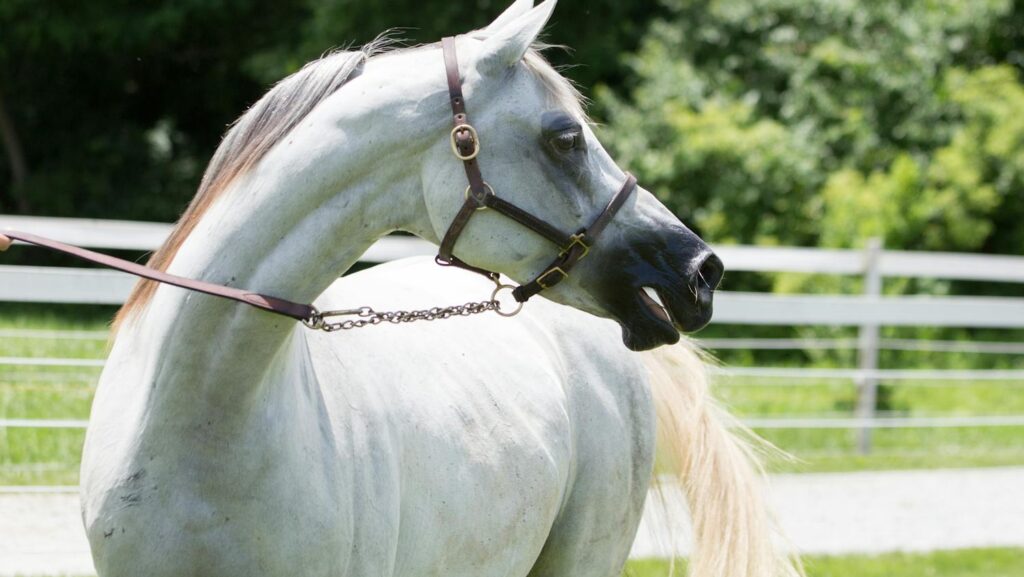
Horses bred for harness racing possess physiological attributes that translate remarkably well to endurance challenges, making Standardbreds valuable prospects for distance riding. Their cardiovascular systems, developed for sustained speed over racing distances, provide exceptional oxygen delivery capacity during extended aerobic exercise. Former racing Standardbreds often transition successfully to endurance careers, bringing established fitness foundations and sound metabolic systems. The breed’s legendary soundness and durability stem from generations of selection for structural integrity that withstands the rigors of training and competition. The Standardbred’s comfortable, ground-covering gaits efficiently consume minimal energy while covering substantial distance, creating horses that can maintain forward movement well beyond the 50-mile threshold with appropriate conditioning.
Physical Attributes Essential for Ultra-Distance Success

Beyond breed designations, specific physical characteristics consistently appear in successful 50+ mile endurance horses regardless of their registry affiliations. Efficient cardiovascular systems, identifiable through quick recovery metrics like “heart rate recovery,” distinguish elite endurance prospects from average athletes. Conformational features supporting endurance include well-sloped shoulders allowing extended stride length, strong coupling through the back, and properly angled hind limbs that maximize propulsion while minimizing strain. Horses with naturally sound hooves requiring minimal intervention tend to outperform those needing extensive corrective shoeing, particularly on technical terrain. Perhaps most crucial is the “functional hamster capacity” – an industry term describing horses that consistently eat and drink throughout competitions, maintaining vital energy reserves and hydration even under stress.
The Role of Conditioning Versus Genetics
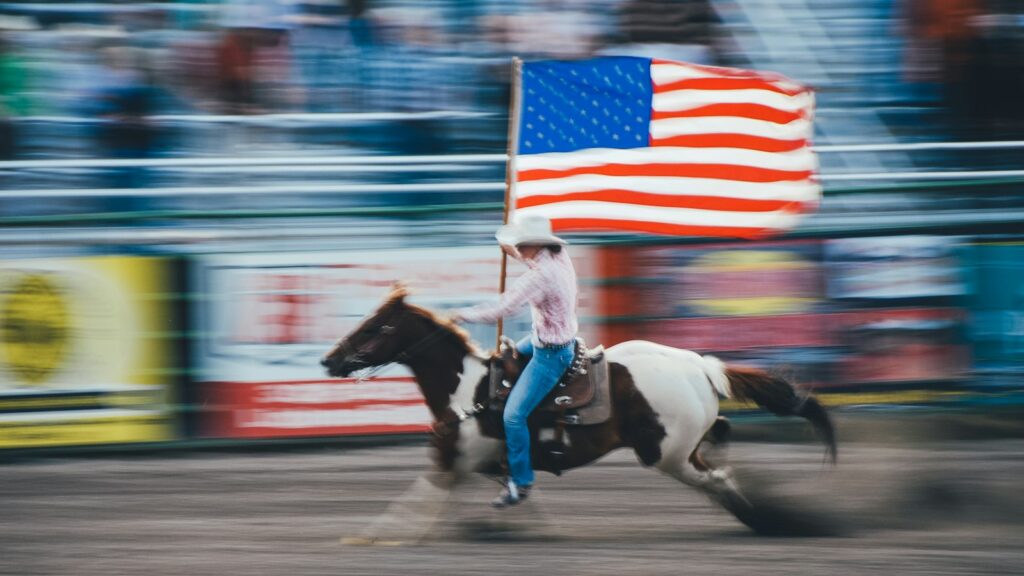
While genetic predisposition creates the foundation for endurance excellence, proper conditioning transforms potential into performance regardless of breed identification. Scientific research consistently demonstrates that progressive training programs spanning 6-24 months develop the physiological adaptations necessary for ultra-distance success far more effectively than short-term intensive preparation. These adaptations include increased bone density, expanded blood volume, enhanced mitochondrial efficiency, and strengthened tendon structures that collectively reduce injury risk while maximizing performance capacity. Experienced endurance trainers emphasize that consistency trumps intensity, with regular moderate work building foundation fitness more effectively than sporadic challenging sessions. Even breeds not traditionally associated with endurance can successfully complete 50+ mile events when conditioning follows evidence-based protocols addressing all body systems progressively.
Success Factors Beyond Breed Designation
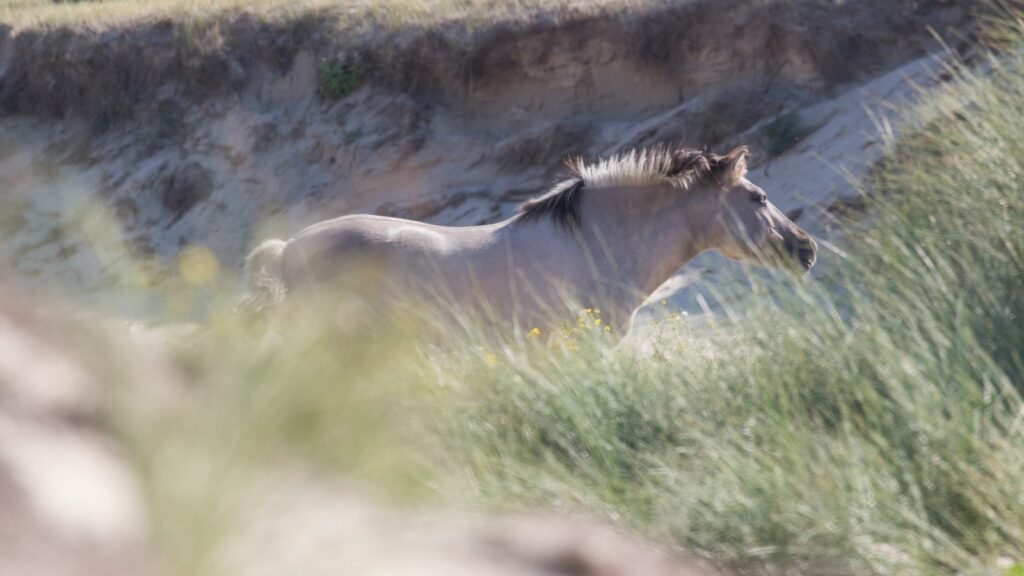
Competitive records demonstrate that while certain breeds dominate statistically, individual variation within breeds often proves more significant than differences between breeds at elite levels. Successful endurance horses across all registries exhibit similar psychological traits, including intelligence that facilitates efficient self-preservation, curiosity that maintains mental engagement during monotonous sections, and problem-solving abilities navigating technical terrain. Metabolic efficiency—how effectively horses process nutrients and maintain energy homeostasis—often distinguishes champions regardless of their breed registry. The horse-rider partnership quality frequently outweighs genetic potential, as appropriate pacing decisions, timely electrolyte supplementation, and strategic riding create success with modestly talented horses while poor management decisions compromise even the most genetically gifted athletes.
Regional Considerations in Breed Selection

Geographical factors significantly influence optimal breed choices for ultra-distance rides, creating regional preferences based on local conditions. Middle Eastern competitions featuring extreme heat and sandy terrain favor breeds with superior heat dissipation and foot adaptations for unstable surfaces, explaining Arabian dominance in these environments. European endurance events often traverse varied terrain including significant elevation changes, where breeds combining stamina with agility like Anglo-Arabians frequently excel. North American rides featuring rocky mountainous sections create advantages for breeds with naturally hard hooves and sure-footedness, including Mustangs and certain Arabian bloodlines. Riders should evaluate their local competitive environment when selecting breeds, prioritizing adaptations specific to predominant conditions they’ll encounter during training and competition.
The Future of Endurance Breeding Programs

Modern endurance-focused breeding programs increasingly utilize performance metrics and genetic testing to produce horses specifically designed for ultra-distance excellence. Organizations like the Arabian Horse Association now maintain specialized endurance indices tracking competitive results across generations, allowing breeders to identify bloodlines consistently producing elite performers. Advanced veterinary technologies including cardiac assessment, thermographic imaging, and biomechanical analysis help identify promising youngsters before they begin competition careers. Some forward-thinking programs have implemented GPS tracking during training to quantify movement efficiency, identifying horses covering identical distances with meaningfully lower energy expenditure. As endurance riding continues gaining global popularity, expect further refinement of purpose-bred endurance horses combining the best attributes of traditional desert breeds with modern sport horse characteristics.
Choosing Your Ultra-Distance Partner
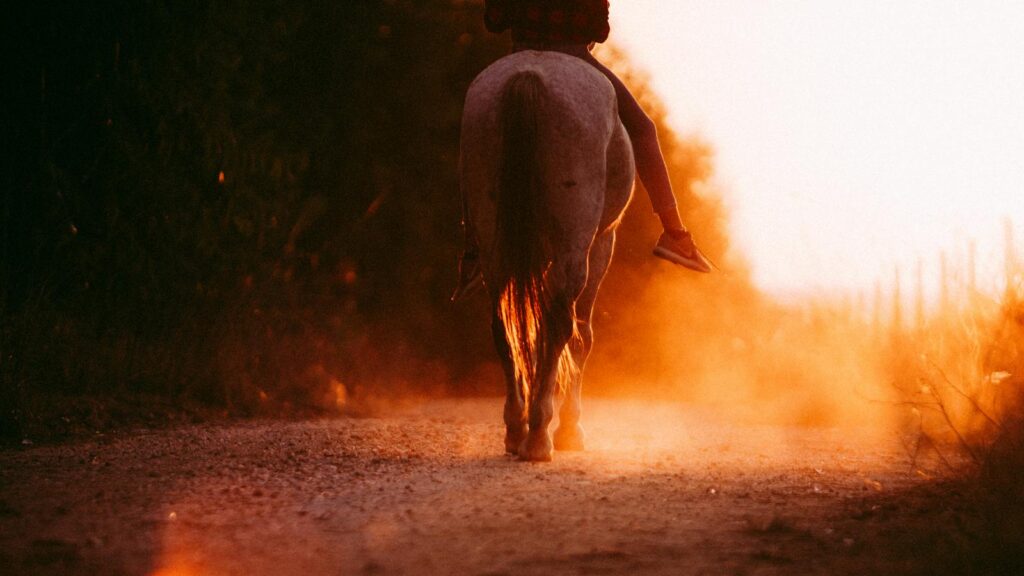
For riders seeking their ideal 50+ mile endurance partner, prioritizing individual assessment over breed stereotypes yields the best results. Evaluate prospects through measurable metrics including heart rate recovery following standardized exercise tests, which reliably indicates cardiovascular efficiency regardless of breed designation. Consider the horse’s natural movement efficiency by observing how they travel when unburdened—efficient movers maintain similar gaits whether carrying riders or moving freely. Prioritize horses demonstrating consistent eating and drinking behaviors under varied conditions, as nutrition management becomes increasingly crucial beyond the 50-mile threshold. Finally, recognize that temperamental compatibility between horse and rider often proves more significant than any physical attribute, as the partnership must function harmoniously through challenging circumstances where clear communication becomes essential for success.
conclusion
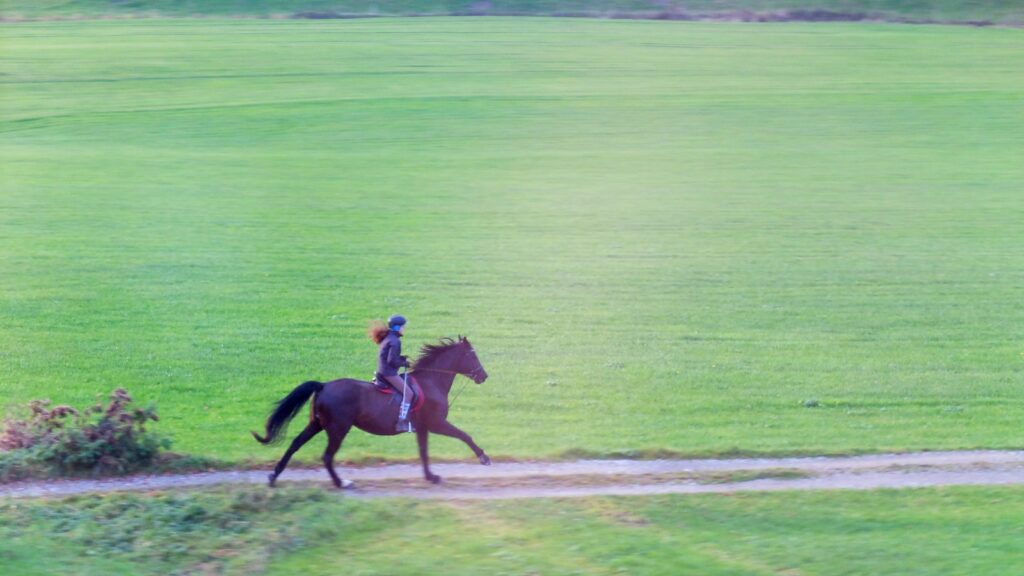
In conclusion, while Arabians and their crosses statistically dominate ultra-distance endurance competitions worldwide, exceptional individuals appear in numerous breeds possessing the essential physiological and psychological attributes for success. The ideal endurance partner combines cardiovascular efficiency, metabolic stability, sound conformation, and a willing temperament capable of maintaining forward momentum through challenging conditions. Whether selecting from traditional desert breeds with centuries of environmental adaptation or discovering hidden potential in overlooked alternatives, success at distances exceeding 50 miles ultimately depends on matching the right horse with appropriate conditioning protocols and sensible ride management. The beauty of endurance riding lies in its accessibility—with proper preparation and realistic expectations, passionate riders can find suitable partners across diverse breed registries capable of completing these demanding challenges safely and successfully.

